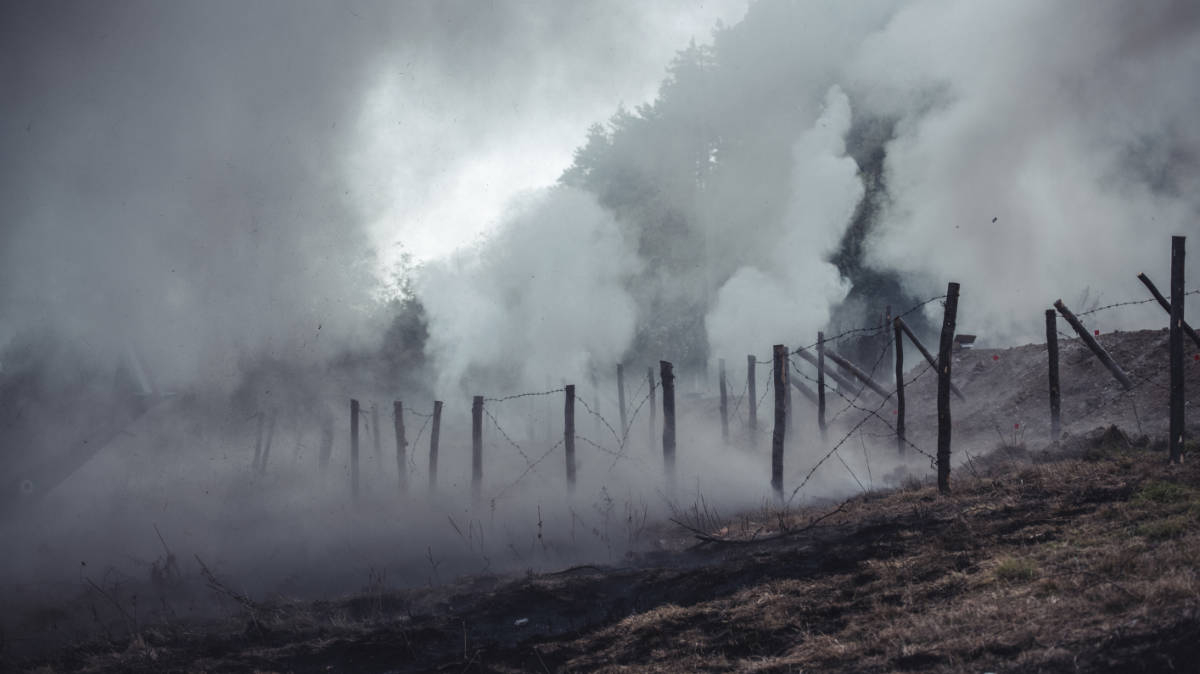The debate over the viability of nuclear energy in Australia has rapidly settled into a state of affairs resembling the Western Front during World War 1 with both sides digging in for a long war.
On one end, the CSIRO – effectively acting on behalf of those opposed to nuclear power – has fired a big salvo with its GenCost report released last week showing that not only would nuclear power cost at least 50% more than solar and wind, it would also play no part in our energy mix until 2040 at the earliest.
The Coalition, which has spruiked the wonders of nuclear energy to all and sundry, didn’t take long to respond, saying this week that the CSIRO should re-run its modelling, to account for longer life spans and running times while claiming that reactors could start generating within the decade.
One would assume that the reactors in question are small modular reactors (SMR) that pundits claim would be cheaper, safer and quicker to build compared to their larger counterparts.
However, pro-renewables think tank the Institute for Energy Economics and Financial Analysis (IEEFA) has fired its own shot across the bow, with its US team releasing the SMR Nuclear report which claims that nuclear plants cost far more than projections due in large part to extended delays getting them off the ground.
It found that SMRs were still too expensive and too slow to build in order to play a significant role in the transition away from fossil fuels.
Weighing up the arguments
So just how do the two sides weigh up?
On the no to nuclear side, the CSIRO’s GenCost report has worked out their sums using Korea’s successful nuclear program as the basis for their calculations.
It has also worked out levelised cost of electricity, which some argued might be flawed measure to use.
But they have at least worked out their numbers.
The Coalition, not so much. There’s still a distinct lack of any concrete figures to back up their claims and it will certainly be interesting to see them.
And while some conservative commentators have argued that the CSIRO’s figures don’t give nuclear enough credit in regards to their uptime and that construction costs shouldn’t be subject to ‘fudge factors’ such as a “first of a kind” premium.
The first says that nuclear reactors typically can operate well above 90% of the time rather than the 53% figure used by the CSIRO, and to be fair there is merit to this argument.
US power generator Constellation Energy flagged that in 2021, its nuclear capacity factor was 94.5% though this is admittedly one of the highest, if not the highest, in the industry.
However, to not include a premium to account for the potential for cost blowouts is foolhardy in the extreme.
Assuming that no cost overruns will happen simply because we are importing expertise from countries with the know how is simple naivete and will come back to bite us in our behinds especially since our major infrastructure projects seem to have a disturbing habit of attracting cost overruns.
The University of Melbourne has an enlightening read titled “Three ways to avoid mega projects going way over budget”, which just on the headline alone says that you should assume that cost overruns will happen and you just have to ensure they don’t go overboard – Snowy Hydro 2.0, we’re looking at you.
It pointed out that Victoria’s North East Link is now running $10bn over budget from its original estimates and noted further down that projects of this scale and complexity, which nuclear reactors of any stripe certainly are, are almost always over budget.
It even calls this phenomenon the Iron Law, stating that less than one in ten mega projects will come in on budget.
The CSIRO’s use of South Korea’s nuclear program as a basis to calculate costs was also perhaps too optimistic given that Asian countries tend to be better able to control their costs (even if they can’t completely overcome the tendency to go over budget).
A better example would be to use France’s six new EDF reactors instead, which recently saw costs jump 30% to €67bn ($109.5bn).
These reactors will have combined installed capacity of 9.6 gigawatts equivalent, which works out to a cost of some $11,406 per kilowatt, significantly higher than the $8700/KW used in GenCost.
We could use these figures instead, but remember that construction hasn’t started on these reactors, meaning the likelihood that they will blow out their budget remains high.
At the end of the day, talk is cheap and the first thing the Coalition and other pro-nuclear pundits need to do is to present the numbers that back their claims, then we can really weigh the two sides up and determine which is about to send tanks across the trenches to deal a decisive blow.
The post Power Up: The nuclear debate is sinking into trench warfare appeared first on Stockhead.






















